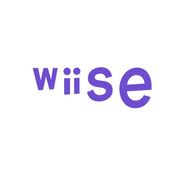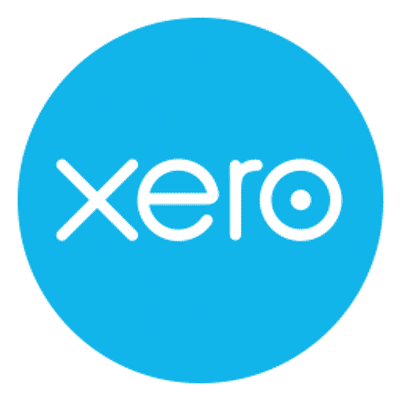WIISE is a Accounting Software. WIISE offers CRM, Accounting Features, Inventory Management, Payroll Management, Data Security and many more functionalities.
Some top alternatives to WIISE includes Xero, Sage Accounting (Sage One), Patriot Accounting, WePay and Wesat.
No, WIISE doesn't provide API.
No, WIISE doesn't provide mobile app.
WIISE is located in Sydney, Australia
WIISE offers Free Trial, Subscription, Quotation Based pricing models
The starting price of WIISE is $49/Month




/logo_1622728934.296577.png)













